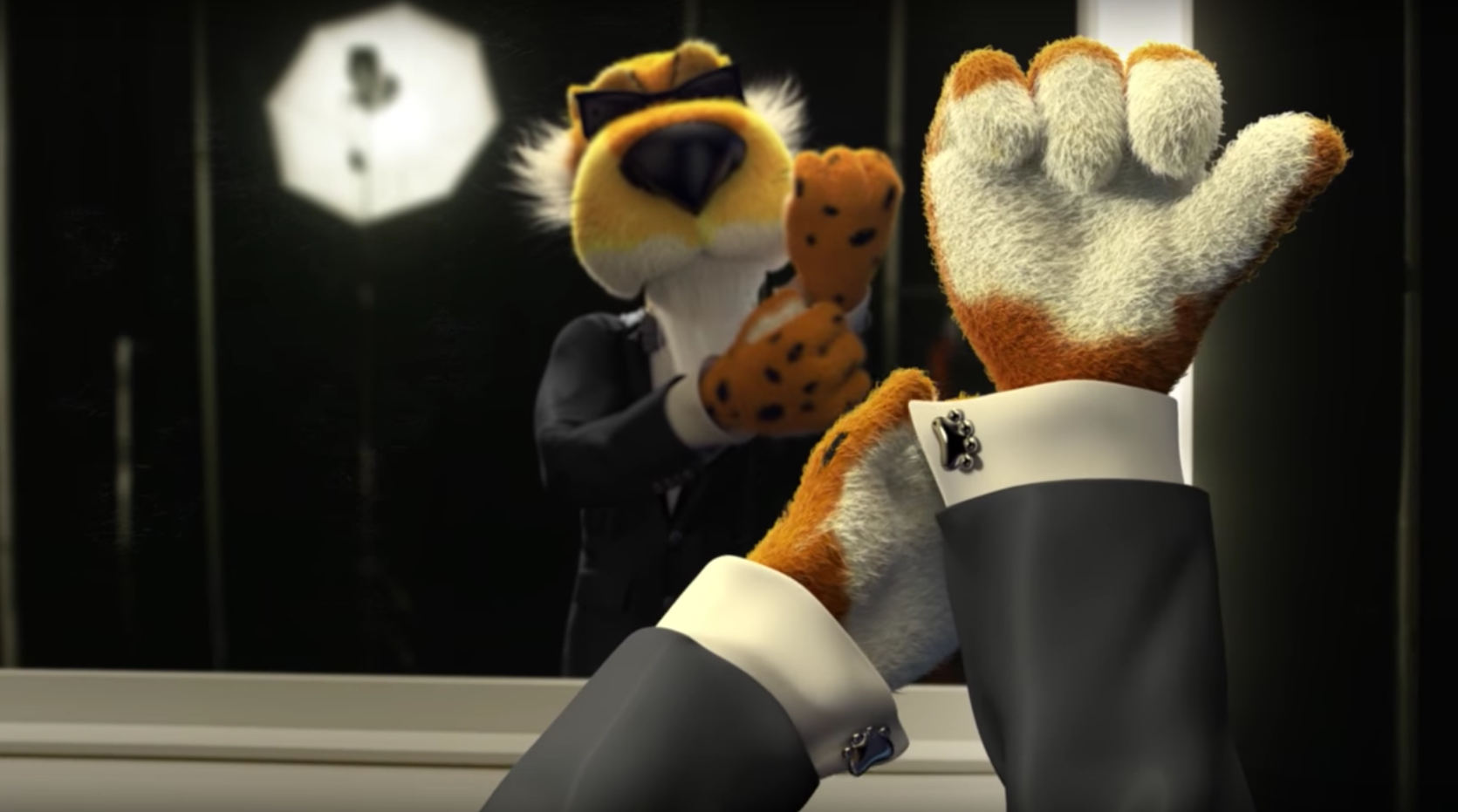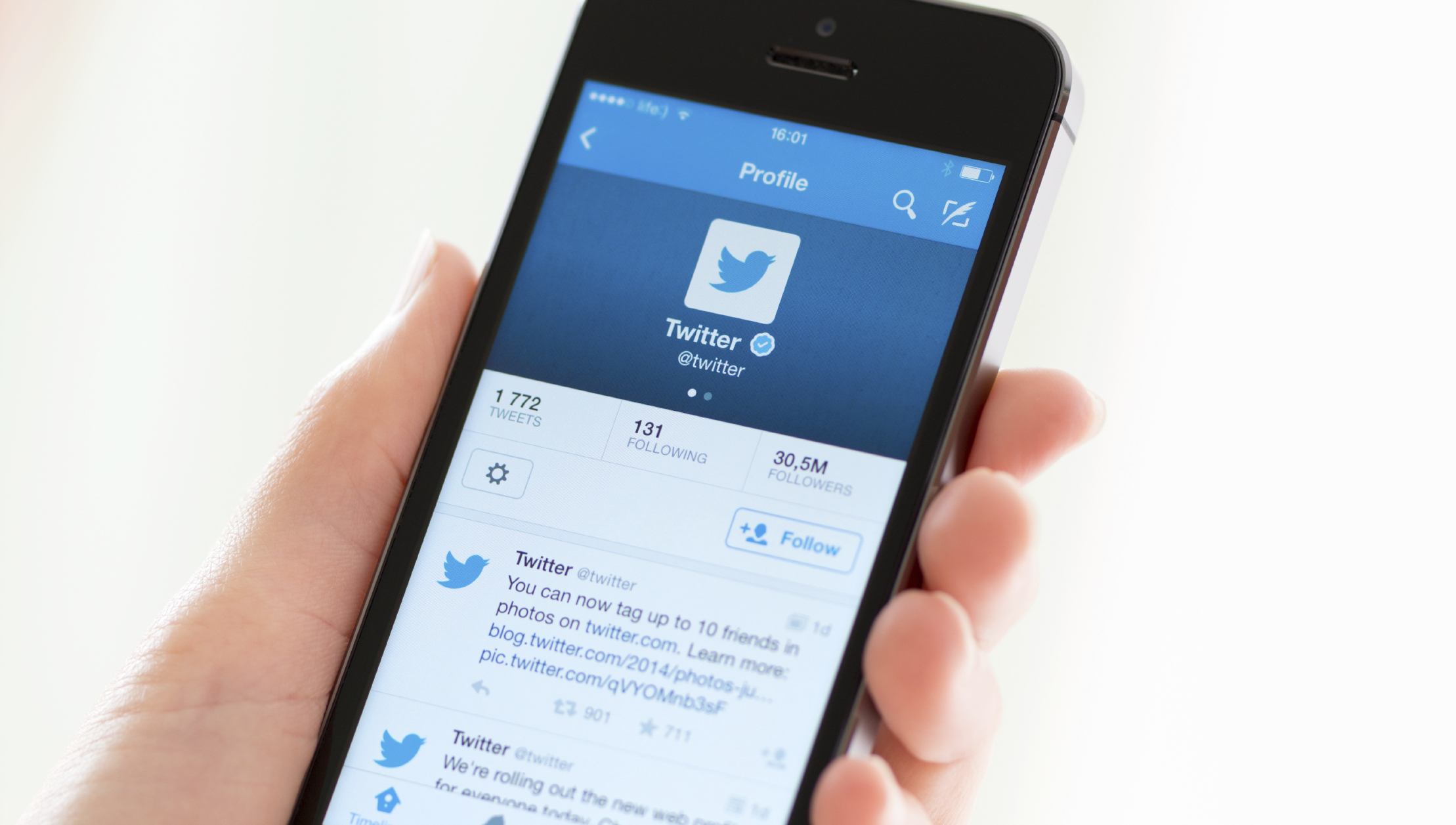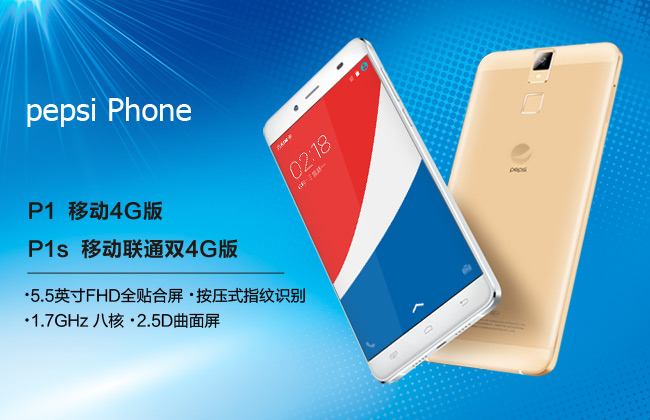What Happened
Pepsi is adding a bit of interactive fun to its packaging by printing Snapcodes on the bottles of its coke products. For a limited time this summer, customers can use the Snapchat app to scan the codes and unlock exclusive selfie lenses, geofilters, as well as a Pepsi-themed mini-game. By playing the mobile game, they can also enter a sweepstakes to win weekly prizes such as gaming consoles or a trip to Lollapalooza.
What Brands Need To Do
Snapchat first introduced the Snapcodes in 2015 to let users add each other without having to type out usernames. Soon, brands like Sprite, FOX network, and Universal Pictures started featuring customized Snapcodes in their billboard ads and packaging to drive mobile users to check out more branded content on Snapchat. This Pepsi campaign is the latest example of how CPG brands can use Snapcodes to spice up their packaging. More brands should consider experimenting with new technologies such as augmented reality or Facebook’s updated Messenger codes to add an interactive digital experience to their products to further engage with customers.
Source: PR Newswire
Header image courtesy of Pepsi




